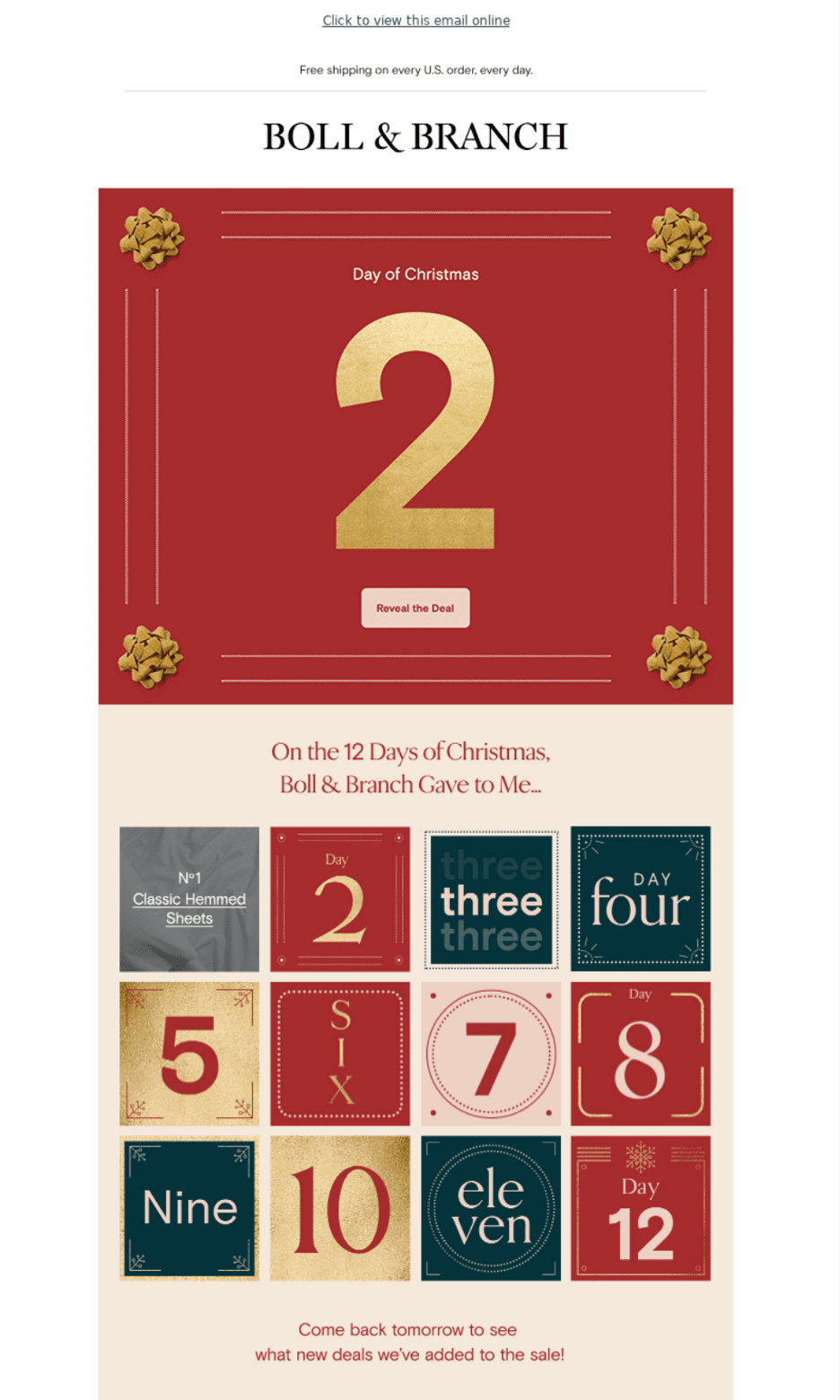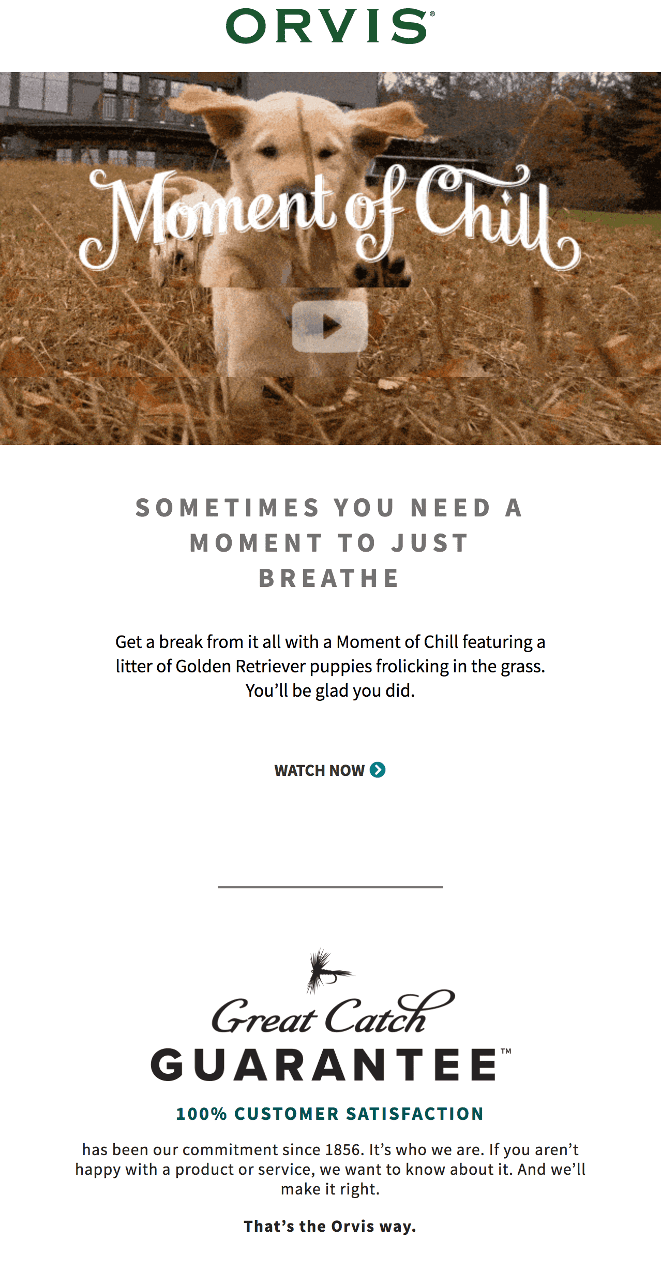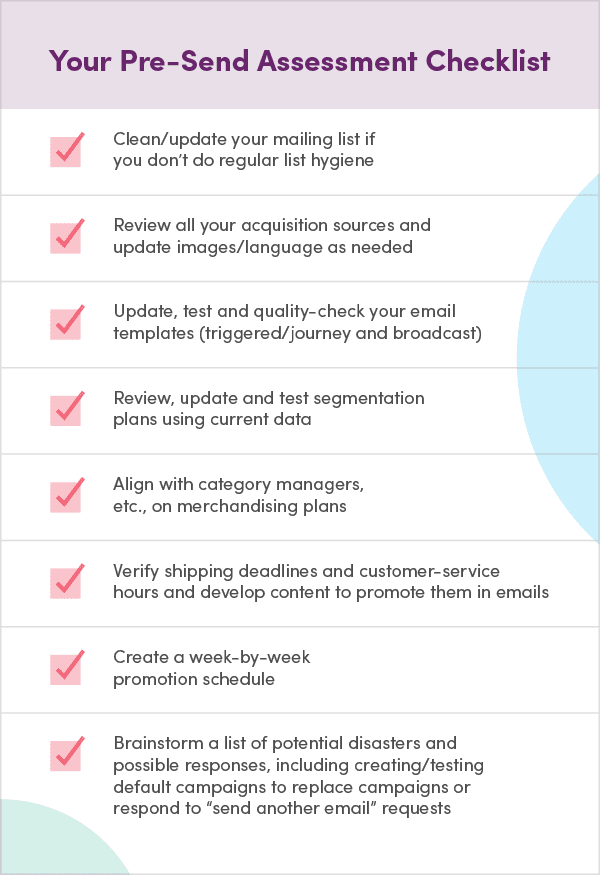InboxArmy, headquartered in Texas, is a full-service email marketing agency that works with brands of all sizes to deliver best-in-class quality service, production, and support.
Read their guest contribution to the Iterable blog to learn eight tactics to prepare for the 2020 holiday season.
The 2020 holiday season might well be the most challenging year since the economic collapse of 2008—or ever.
The pandemic and its resulting economic disruptions are obvious hurdles, but marketers will face some unique unknowns heading into the holiday marketing season:
- People will buy, but consumers are divided in how, when and how much they will buy.
- Unexpected supply chain disruptions could force brands into last-minute scrambles on one end of the spectrum, while predicted shipping bottlenecks could keep purchases from reaching buyers’ doorsteps in time.
- Creating a coherent marketing strategy is harder when some parts of the world are still suffering the full effects of the pandemic and its economic and social upheavals while others have recovered.
These are big unknowns, but they’re no reason to feel doom and gloom about your holiday 2020 planning. Knowing where uncertainties are means you can anticipate them in your marketing plans and be ready to switch gears as needed.
6 Goals for Successful Holiday 2020 Marketing
Rethinking your messaging plans will be vital to connect with customers and give them reasons to continue engaging with your brands and marketing programs. These six broad goals will help you focus your attention on where your customers are this year.
Keep reading to see tactics that can help you achieve these goals.
- Use all the communication channels in your marketing mix to keep tabs on consumer behavior and recognize when conditions are signaling the need to change lanes.
- Find new ways to break through more inbox clutter than usual.
- Create messages with irresistible promotions and capitalize on loyalty to demonstrate value.
- Work harder to gain consumer trust for in-store shopping.
- Give customers more choices for buying, paying for and receiving merchandise.
- Above all, reassure customers that you understand the many ways our world has changed this year and that you are there to support them and help them have the best holiday possible.
What You Can’t Do This Year: Copy 2019’s Holiday Playbook
These trends make holiday 2020 planning more complex than ever:
Consumer sentiment is slowly turning more optimistic in areas where COVID-19 rates have stabilized and more jobs return to the economy. However, economists are warning that increases in discretionary spending and more positive outlooks that surfaced this summer could reverse as unemployment benefits and foreclosure and eviction moratoriums end or the virus resurges.
The shift to e-commerce this year is real but receding slightly as customers return to in-store shopping. eMarketer predicted in September that e-commerce will grow 14.5% from 2019 to 2020, up from 11% from 2019 to 2020 but scaled back from an 18% increase predicted in May. Also, a PYMNTS/PayPal study found 40% of consumers say they have permanently shifted to e-commerce.
At the same time, Coresight research finds the percentage of U.S. consumers avoiding shopping centers fell from 66% in July to 57% in September while consumers are tentatively opening their wallets on discretionary spending like apparel.
Black Friday might fizzle this year. A delayed Amazon Prime Day (from July to possibly early October) and the expansion of Alibaba’s Singles Day (Nov. 11) beyond China could pull even more holiday shopping money away from Black Friday and Cyber Monday.
Singles Day, the world’s biggest one-day sales event, took in $38 billion in 2019, compared to an estimated $8 billion for Amazon, but many brands start counter-promoting for each event several weeks ahead. Coresight predicts 48% of U.S. consumers will shop on Prime Day, spending about $8 billion, up from an estimated $6 billion in 2019.
Consumers might be warming up to in-store shopping, but they expect stores to keep them safe. Black Friday’s “doorbusters” atmosphere might not resonate with the majority of consumers who still hesitate at spending time in crowded stores.
“Consumers are actively looking for use of masks and physical barriers when deciding where to shop in-store, and the importance of this visible safety sign has increased since our first measure in May,” a McKinsey survey reports. Also, buying online but picking up in the store or at curbside grew 195% from January to June.
8 Tactics for Holiday Marketing in 2020
1. Update segmentation and personas. We’ve seen advice that claims your pre-pandemic data is out of date. That’s a little drastic. You don’t have to throw out everything you know about your customers. But you should track pre- and post-pandemic data to discover new buying patterns, preferences and interests and update your knowledge base.
2. Lean on loyalty and brand value. Do more to promote the benefits of your loyalty programs to increase sign-ups. Use your loyalty data to drive segmentation and message targeting. Bump up customers who are close to achieving a new tier. Offer members special VIP benefits, and promote them in your broadcast emails so nonmembers see what they’re missing.
If you don’t offer a loyalty program, continually remind customers about the value of doing business with your brand, as FabFitFun does in this email.


FabFitFun uses email to keep subscribers engaged by focusing on memberships perks, especially on benefits they might not realize they have. Image via MailCharts.
4. Highlight your efforts to support your local communities. Many brands use holiday emails to promote contributions or other ways to support their company charities. This year the stakes might well be higher.
Many consumers have said their opinions about brands can be affected by their support for their communities, customers and workers during the COVID-19 pandemic. Let your customers know what your company is doing to show its support and give customers the opportunity to participate in a meaningful way.
Lovepop created a unique card collection to benefit equipment for healthcare workers in 2020. The company creates credibility and avoids virtue signaling by not adding its brand or product images to the photos in the email.


This Lovepop email is clear about what customers need to do to participate—what to buy, how to contribute, where the money goes—and expands its appeal by including customers’ social media images of frontline workers. Image via MailCharts.
5. Strive for new ways to demonstrate value besides discounts. Create message streams for new segments, and vary discounts and offers based on customer history, past purchases, browse behavior and other signals.


Boll & Branch’s gift guide using the popular “12 Days of Christmas” email stream, can be adapted to create VIP-only, limited-run email series for loyalty members, high-value purchasers, first-purchasers and others. Image via MailCharts.
6. Prepare customers for changes in in-store or online shopping, ordering and delivery by including information in every message or devoting stand-alone messages that promote services like in-store or curbside pickup, contactless payment and other services.
Although you might have sent emails with this information when your locations were in the process of reopening, remind customers now, especially if you have stores in multiple locations with differing quarantine rules.
Acne Studios used a stand-alone email to explain how its curbside pickup works and what customers could expect from new store conditions.


Acne Studios used a stand-alone email to explain how its curbside pickup works and what customers could expect from new store conditions. Image via MailCharts.
7. Expect the unexpected by using real-time data and other factors that updates content based on location, promo deadlines or merchandise availability. You can create one message with regional variations or update content fast if something changes at the last minute (merchandise sells out or is unavailable, stores open or close unexpectedly, and more.
This can reduce customer frustration and disappoint—a key strategy all year long and super-important during the holidays.


This excerpt from a Torrid email uses dynamic content to swap out an expired promo with a default offer. Image via MailCharts.
8. Show your customers you’re in their corner. Break up your usual promotional stream with messages of support like the Orvis email below. Add gift guides with merchandise at a wide range of price points to appeal to both cash-strapped customers and those without those restraints.


Orvis sent this email at the outset of the pandemic. The circumstances are different but the message is easily repurposed to give customers a moment of respite in what could be a fraught holiday season. Image via MailCharts.
Want to know exactly the steps you need to take to tackle holiday 2020 planning? See below for InboxArmy’s pre-send assessment checklist.


Conclusion: Give Customers a Reason to Believe
Although it hasn’t garnered the same media attention as the shift to digital or changes in spending habits, consumers’ interest in doing business with brands whose values reflect their own has grown during the pandemic.
An August survey by the Edelman Trust Barometer, which measures consumer trust and expectations in brands, found 65% agreed with the statement, “How well a brand responds to this crisis will have a huge impact on my likelihood to buy that brand in the future.”
All this means much more is riding on your holiday marketing program than ever before. Knowing what’s to come and that you will need more flexibility and a stronger communication of your values and concern for your customers will help you make decisions that will benefit your customers as well as your brand and position you for reaping growth when full recovery comes.































